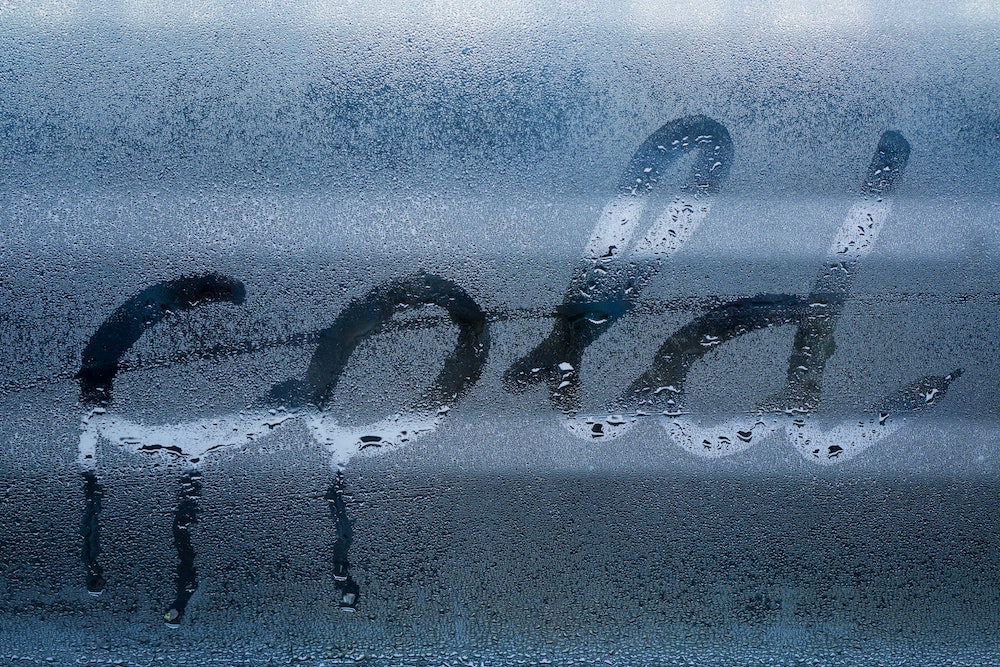Why are condensation and mould becoming a bigger issue in our homes?
According to new research, more than a fifth of UK homes suffer with problems with condensation, mould or damp, with the most commonly affected areas being windows, ceilings and walls.
Despite damp and mould being such a big issue in our homes, a shocking 24% of those who are affected, have no idea about what is causing the problems.
Here at Victoria Letting, we have delved further into this issue to determine exactly why condensation and mould are becoming a bigger issue and what can be done to tackle these problems.
The deadly effects of damp in the home should be taken seriously and dealt with as soon as possible. If you have damp and mould in your home, you can be susceptible to certain health issues.
Damp and mould can increase the likelihood of developing respiratory problems. You may also be prone to allergies, respiratory infections, or asthma. Damp and mould can also lead to problems with your immune system.
Certain people are more sensitive to the effects of damp and mould than others including the following:
- Older people
- Babies and children
- Those with existing respiratory problems, such as asthma and allergies
- Those with existing skin problems, such as eczema
- Those with a weakened immune system, such as those going through chemotherapy.
Moulds produce irritants, allergens and sometimes toxic substances.
When you touch or inhale mould spores, this can cause an allergic reaction such as red eyes, sneezing, a runny nose or skin rashes, in some cases, mould can also cause asthma attacks.
Inhaling moulds can lead to nasal congestion, airway inflammation, wheezing, chest tightness and a sore throat. Long-term exposure to mould and damp can sometimes even lead to death, particularly in children and those with existing health conditions.
So why are condensation and mould becoming a bigger problem in people’s homes? Well believe it or not, modern home construction is adding to the problem.
Modern homes are built to be as energy efficient as possible, however, this is one of the reasons for the increase in damp and mould problems in homes.
Some of the measures that we now take to make our homes as energy efficient as possible, including draught proofing, insulation and double glazing, can decrease the natural air-flow and ventilation in the home.
These solutions prevent warm air from exiting the home and this results in higher humidity levels and therefore, higher levels of condensation.
Working from home can also increase the likelihood of damp and mould. Since the pandemic, more people than ever are working from home.
The more time we spend in our homes, the more moisture we naturally create in the home, which in turn leads to an increase in the likelihood of damp and condensation.
Without taking the proper precautions and working on more adequate ventilation throughout the day, we are creating a much bigger issue.
The cost of living crisis is also affecting the soar in condensation and mould rates.
With gas and electricity prices being at an all-time high, many home owners are choosing not to turn on their heating and keep their windows closed as a way to save money and keep the heat in.
Not putting the heating on will result in colder surfaces and keeping the windows closed will result in no ventilation, causing the air to become stale and more likely to condense. The only way to get around this is to raise the temperature or increase the ventilation in the property. However, with all of us trying our best to save money right now, this may not be that easy. With a problem that is already on the rise, this year is set to be worst yet for damp and mould.
So…landlord or renter…who is responsible for the mould and damp issue?
With many renters experiencing damp and mould issues in their homes, this is a question that everyone is curious about…who is responsible?
In most cases, the landlord is responsible for the damp and mould issues in the rented home. The landlord is responsible for fixing the issue if the problem is:
- Affecting your health and safety
- Caused by a repair issue.
In these cases, your landlord must:
- Organise an inspection.
- Carry out appropriate repairs in a timely manner.
The repairs they must conduct include:
- Broken heating systems
- Leaking internal pipes
- Cracked walls.
- Rotten window frames
- Missing roof tiles
- Faulty guttering
Your landlord is not responsible for providing alternative accommodation while any of the above repairs take place, but is responsible for making sure that your home is in a fit state to live in from the start of your tenancy to the point where you decide to leave.
Is there anything the tenant can do to prevent damp and mould? Quite simply, yes. These include the following:
- Always use extractor fans in bathrooms and kitchens
- Close internal doors when showering or cooking.
- Cover pans when cooking
- Open bedroom windows for around 10 minutes when you wake up
- Leave a gap between furniture and external walls
- Dry clothing outdoors.
If you are experiencing problems with condensation, damp or mould and are needing some advice or
If you are thinking of becoming a landlord, get in touch with us here at Victoria Letting and we will be happy to help and provide any information we can.
For information on all of our services, please pick up the phone and have a chat with one of our friendly staff on 0141 339 9292 or send us an email at info@victorialetting.co.uk
We look forward very much to hearing from you.






